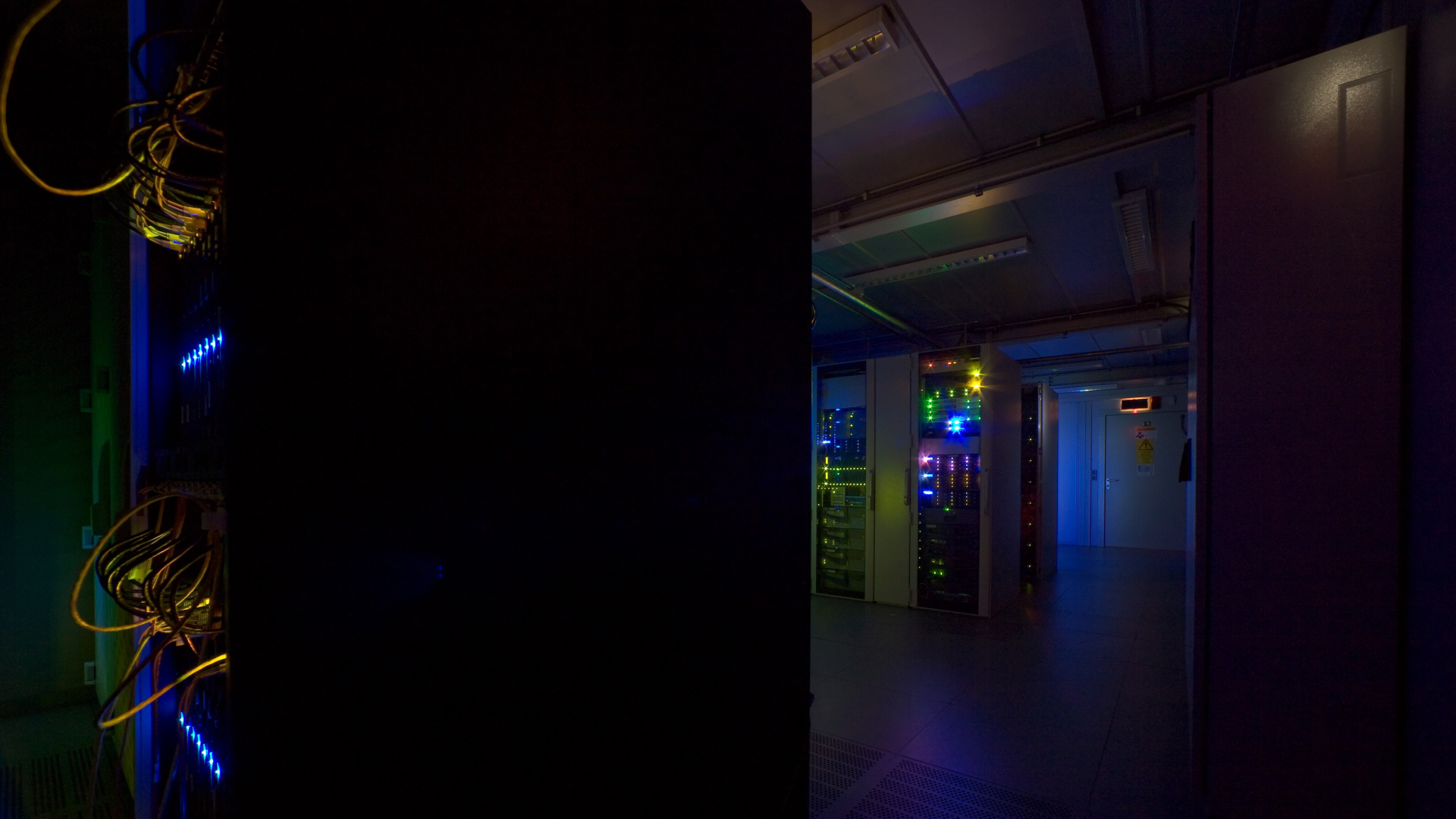Project Kuiper: Amazon's answer to SpaceX's Starlink passes 'crucial' test
Amazon's Project Kuiper, which uses optical inter-satellite link (OISL) technology to connect more than 3,000 satellites in a mesh network that blankets Earth, just cleared a final hurdle needed to launch next year.

Amazon's upcoming satellite broadband network, dubbed "Project Kuiper," just passed a key test test that paves the way for a 2024 launch.
Similar to SpaceX's Starlink, Project Kuiper is Amazon's plan to provide high-speed internet by launching and connecting 3,236 satellites in low Earth orbit (LEO). The firm launched two prototype satellites in October and began testing the systems required for the network to operate. One key test was validating the optical inter-satellite link (OISL) technology, which uses infrared lasers to send data between the spacecraft.
Now, Amazon says the prototypes have passed this important hurdle. In testing, the two prototype satellites maintained a stable connection speed of 100 gigabits per second.
OISL has long been used to maintain connections between satellites further away from Earth. But earlier generations could only link two satellites together. Beyond verifying the two satellites could maintain a high-speed link, additional data suggested Amazon's version of OISL should be able to connect its entire constellation of 3,000-plus satellites together to create a mesh network.
Currently, Earthbound optical fiber cables power high-speed internet services by using light to transmit data over great distances. Project Kuiper, however, transmits light in space, which travels 30% faster than light racing through cables on Earth, according to Amazon. With OISL, Project Kuiper will be able to move data throughout the network, meaning it can receive data from anywhere on Earth and route it efficiently based on factors such as network traffic.
It has always been tricky to maintain OISL links between satellites in LEO because they require an extremely narrow beam to be maintained over distances of up to 1,600 miles (2,600 kilometers) and between satellites moving at speeds up to 15,000 mph (25,000 km/h). But the company claimed its optics and control system have overcome these challenges.
Breaking space news, the latest updates on rocket launches, skywatching events and more!
Amazon aims to deploy enough satellites to begin customer pilots by mid-2024. Amazon plans for Project Kuiper to offer speeds of up to 400 megabits per second for most consumers when fully deployed in 2029. That's approximately twice the average U.S. broadband speed, according to Speedtest. Some organizations may also be able to tap into speeds of up to 1,000 megabits per second, according to the company. Whether the network will actually reach such speeds when the system is fully operational in a real-world — and off-world — environment remains to be seen.

Keumars is the technology editor at sister site Live Science. He has written for a variety of publications including ITPro, The Week Digital, ComputerActive and TechRadar Pro. He has worked as a technology journalist for more than five years, having previously held the role of features editor with ITPro.
An NCTJ-qualified journalist who specializes in technology, his path into journalism began at university. He immersed himself in student media while studying for a degree in Biomedical Sciences at Queen Mary, University of London. After graduating, Keumars wrote for a variety of local and national publications as a freelancer, including The Independent, The Observer, and Metro. While studying for his NCTJ certification, his work was commended in the category of ‘Top Scoop’ in the 2017 NCTJ awards. He’s also registered as a foundational chartered manager with the Chartered Management Institute (CMI), having qualified as a Level 3 Team leader with distinction in 2023.

